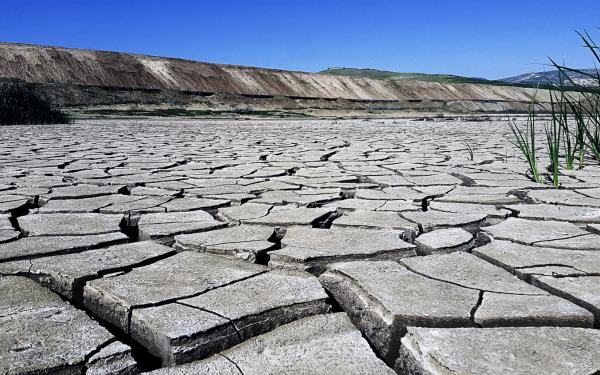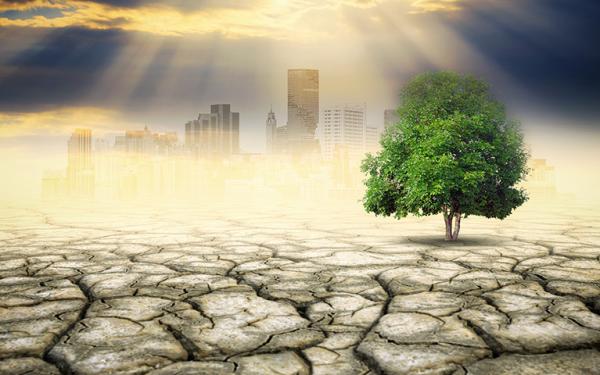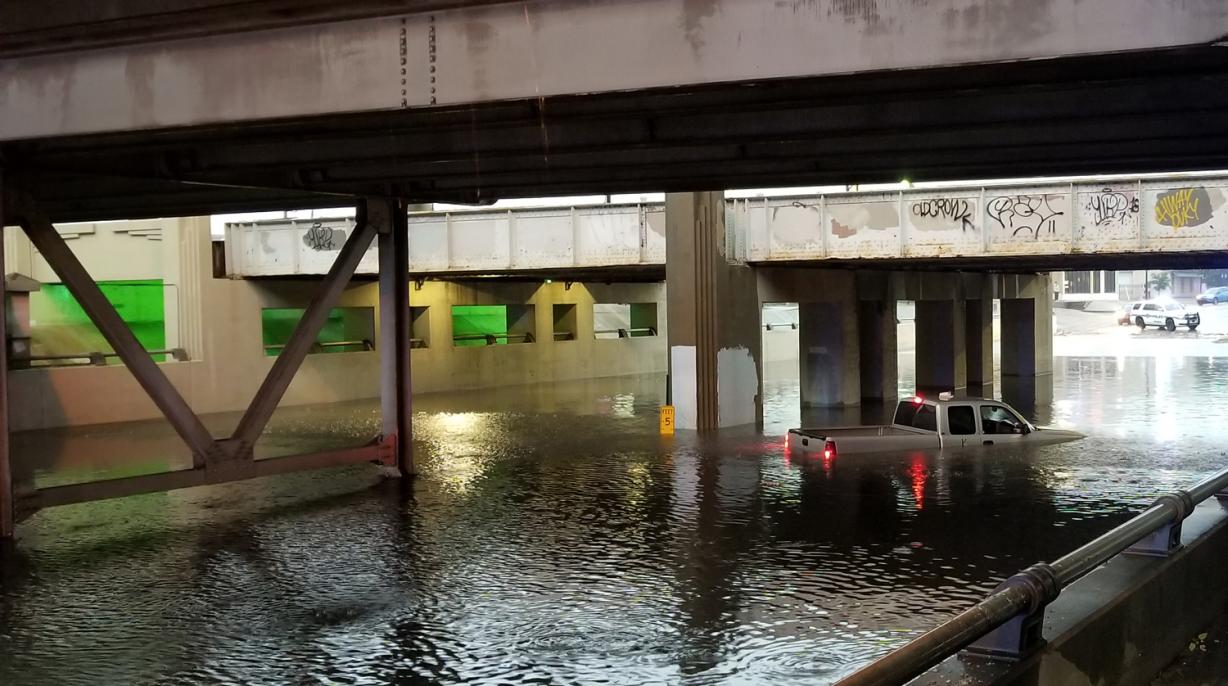
Bart Everson - wikimedia commons - CC-BY 2.0
Deciphering Extreme Weather Events
Climate change manifests itself in increasingly severe floods, droughts and storms. How data science could help to understand extreme weather conditions – and prepare humankind for what’s to come – was discussed at a Herrenhausen Conference on "Extreme Events" in Hanover.
When we talk about natural catastrophes, our minds conjure up images of extreme events we can do virtually nothing about. However, this ceases to apply to the climatic disasters we are experiencing today: We have to wake up to the fact that it is us humans who are driving climate change – by extracting large quantities of fossil resources from the ground and burning them, human beings create their own climate. We ourselves are ultimately responsible for the growing occurrence of the extreme weather events that cause such havoc.
Increase in Climate-Related Disasters
Since the turn of the millennium - according to a report by the Belgian Research Centre for the Epidemiology of Natural Disasters published in 2015 - there have been on average 341 climate-related disasters per year (link to report "The Human Cost of Natural Disasters - A global perspective"). That is 44 per cent more than in 1994 and 2000 and more than twice as many as between 1980 and 1989. Among all "natural disasters", in terms of their number, floods, droughts and storms are now clearly taking over from geological disasters such as earthquakes and tsunamis – they now account for more than 80 per cent of all the natural disasters recorded worldwide.
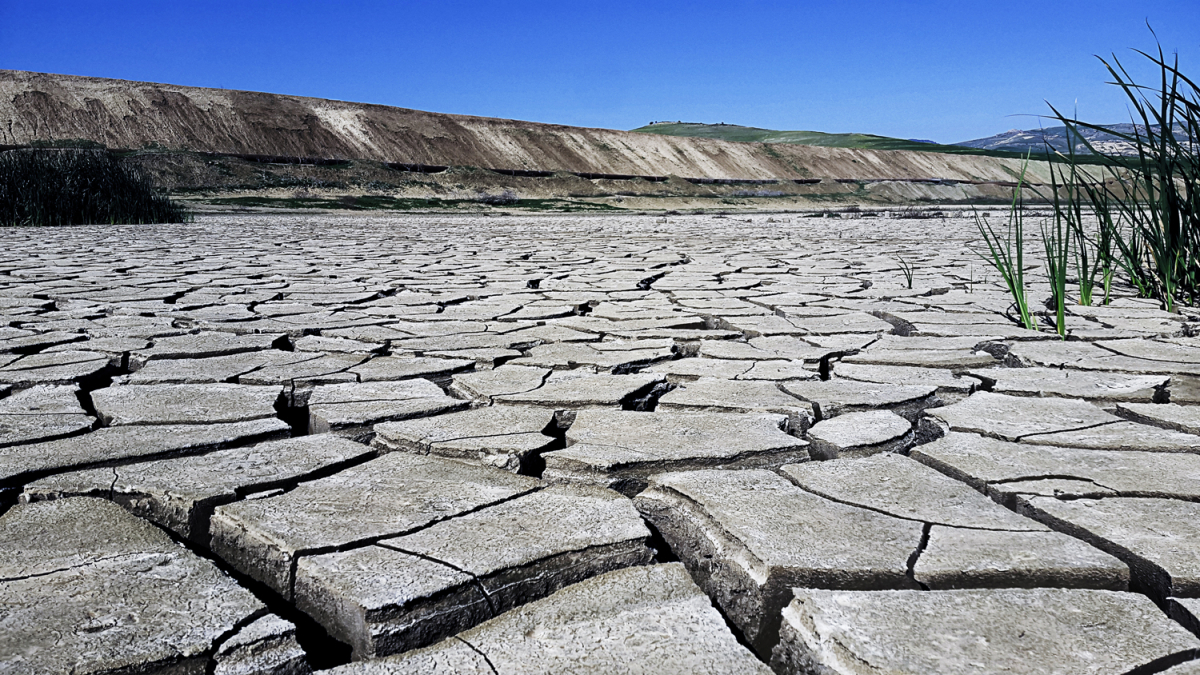
Drought in Bouhanifia, Algeria.
Because climate change is causing many extreme weather events to become more frequent and severe, and more and more people, even in industrialized countries, are exposed to them, disaster prevention experts and scientists are feverishly working on how best to adapt to them: And not simply after the event – as is common practice – but in the form of preventive measures.
How can Data Science Help?
In order to answer this question, at the beginning of October experts from all over the world met at Herrenhausen Palace in Hanover for the Herrenhausen conference "Extreme Events – Building Climate Resilient Societies".
A total of 16 researchers from the fields of ecology and economics, epidemiology, meteorology and physics sat together in a cool, darkened room. They want to sound out the opportunities and limitations of a relatively new branch of research – data science. This young discipline combines a wide variety of disciplines: Mathematicians and statisticians on the one hand, researchers from climatology, geography and biology on the other. They work with huge data sets, so called Big Data, from which they construct statistical models to decipher extreme weather events and make predictions about the future. "Only if the consequences of catastrophic chain reactions from the past are completely understood will we be able to anticipate the effects of future events and climate scenarios," they say.

130 researchers from 30 countries took part in the conference in Herrenhausen Palace.
Video: Public Lecture During the Conference (in German): Klimawandel – Kriegen wir die Kurve?
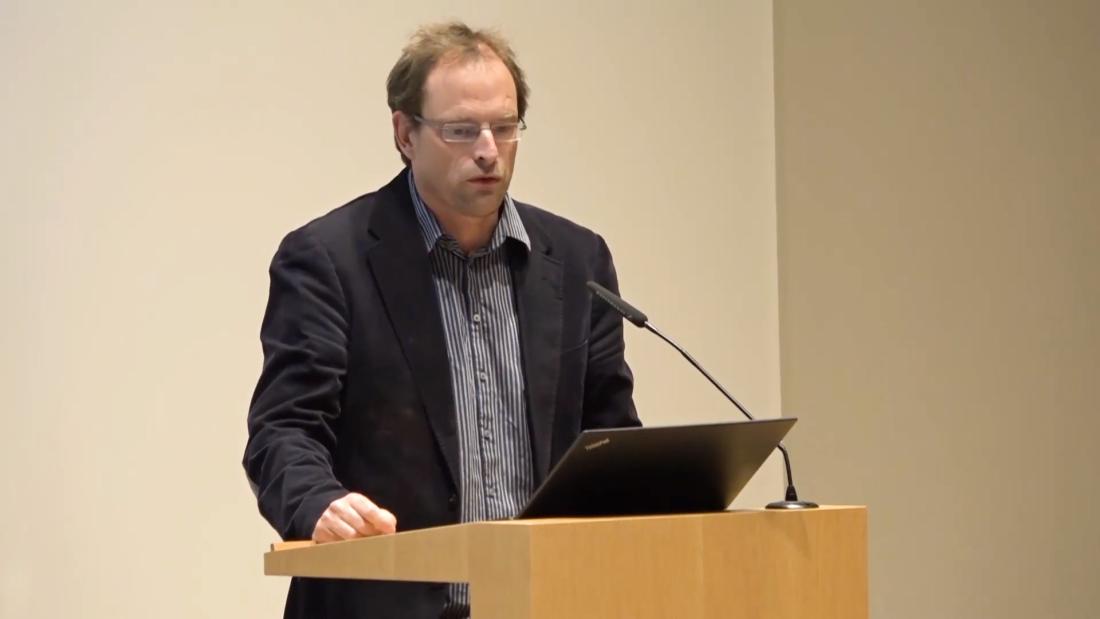
We are searching for concepts that will enable us to extract relevant information from a large number of heterogeneous data streams.
Session on data science for human well-being
To do this, they attempt to link the most diverse data strands – from climate observations and satellite data to economic and population data. "It's not just a matter of collecting as much data as possible," says Miguel Mahecha from the Max Planck Institute for Biogeochemistry in Jena. "Rather, we are searching for concepts that will enable us to extract relevant information from a large number of heterogeneous data streams".
Mahecha led one of five working groups: the session "Data Science for Human Wellbeing" (Report "Session 4 - Data Science for Human Wellbeing"), together with epidemiologist Debarati Guha-Sapir (Link to an interview with Debarati Guha-Sapir: "A natural disaster is like a virus").
Democratization of Machine Learning
Only since about the turn of the millennium has progress in computer performance and the quality of observation data allowed researchers to collect and analyze sufficient and appropriate data. Moreover, the digital tools which make it possible for almost anyone to use such data have only been available for a few years. Experts speak of the "democratization of machine learning".
Climate science has also progressed: It can now determine the footprint of climate change in individual extreme weather events. Attribution science is the name of this equally young discipline.
But is all the effort involved in collecting and analyzing the data really worthwhile? Isn't it obvious what needs to be done to protect the North Sea coast from storm surges, Europe from further heat waves or East Africa from droughts?
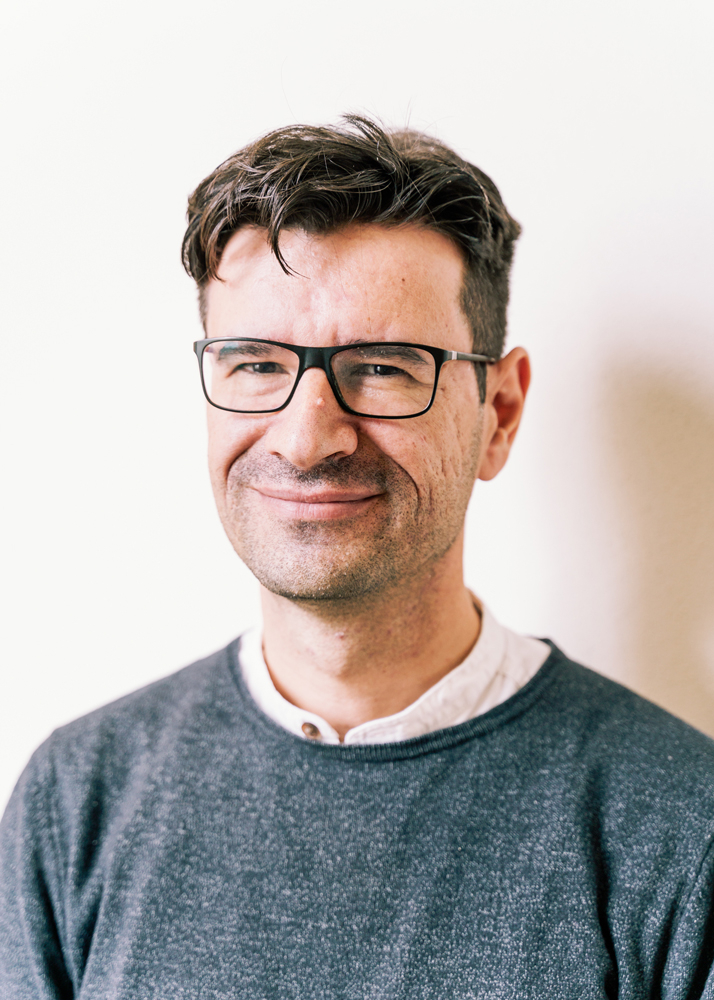
Miguel Mahecha, Max Planck Institute for Biogeochemistry in Jena, lead Session 4 together with Debarati Guha-Sapir.
Only when we know all the conditions can we draw the right conclusions.
No, says Mahecha. This is because the experiences that agricultural or forestry enterprises or coastal inhabitants pass on are often purely subjective assessments. They may well provide clues, but to formulate scientifically sound recommendations about how humans can adapt to the new situation, we need facts. After all, extreme weather is more complex than you might think. "Only when we know all the conditions can we draw the right conclusions," says Mahecha. "What leads to such catastrophic events? What does it take for ecosystems to collapse?"
Uncovering Previously Overlooked Causalities
Extreme weather can affect people differently, depending on where they live and how prepared they are. An earthquake or heavy rainfall itself does not kill people, but houses that collapse or inadequate drainage systems. "Our goal is to create a tool with which we can objectify the consequences of extreme weather and reveal causalities that have so far been overlooked," says Mahecha.
Take Russia as an example: In 2010 the country was hit by one of the most sever heat waves since records began. It affected stretches of the country across several latitudes. Forest and bush fires formed gigantic clouds of smoke, making breathing particularly difficult for Muscovites and causing about 55,000 deaths. The cause was soon identified: An atmospheric blockade, which led to the establishment of a high pressure zone and record temperatures over a longer period of time. But this did not explain why the heat wave became a catastrophe.
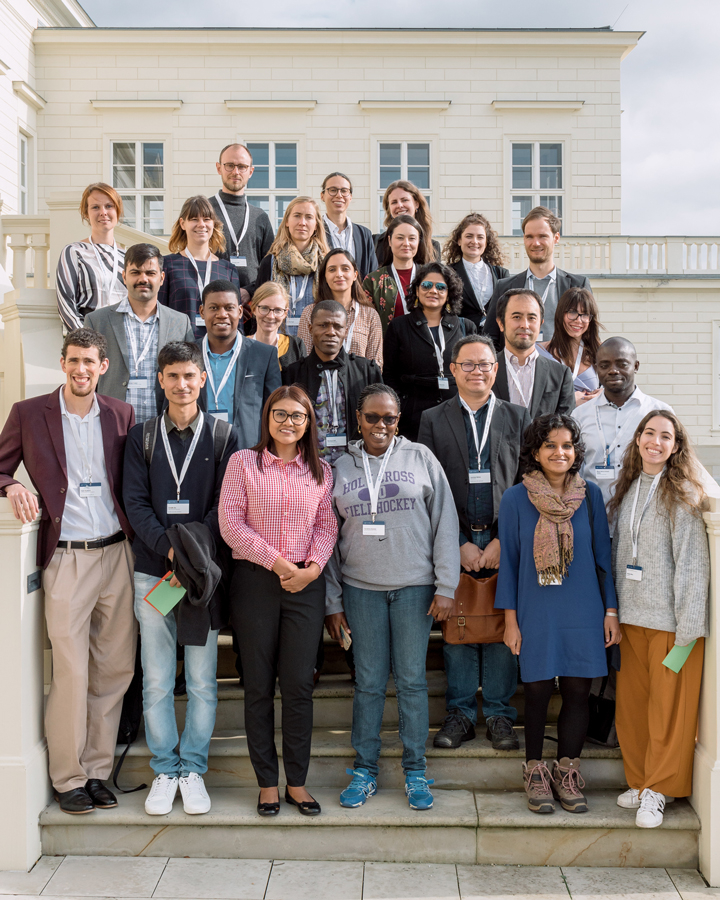
25 young researchers could take part in the conference thanks to a travel grant.
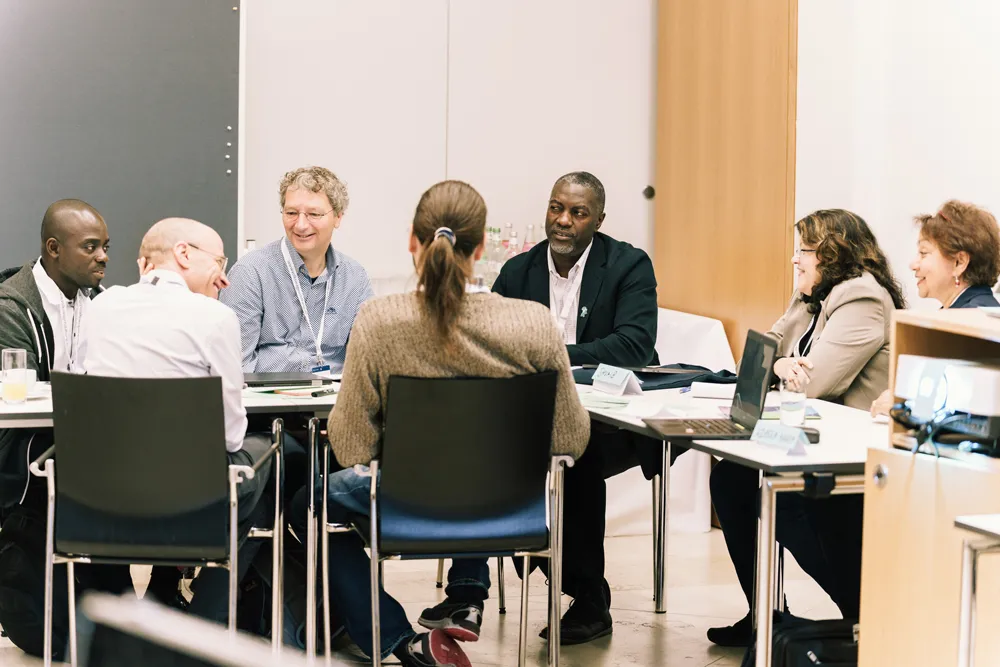
Diskussionsrunde während des Workshops "Data-Science for Human Wellbeing".
Understanding the Whole Chain of Effects
In 2018, Mahecha and his colleagues used a special algorithm to take a closer look at this particular weather event. They were searching for feedback effects between the atmosphere and the ground. They found that the area affected by heat was much larger than the area where vegetation production actually collapsed.
It took us three years to completely understand the event in its entire impact chain.
While the grain crop on the arable land in more southern parts of the country failed in many places, the forests in higher latitudes actually benefited from the heat. The researchers were able to explain this contradiction with the different efficiency in water use. They also attributed a part of the harvest losses to a particularly warm spring, which had already dried up the soil. "It took us three years to completely understand the event in its entire impact chain," says Mahecha.
Data Analysis can Provide More Clarity
Even in the case of the floods that regularly hit Bangladesh, data scientists were able to provide more clarity. They did so by taking socio-economic data into account in addition to climate data. In 2010, economist Azreem Karim from the Bangladesh Institute of Development Studies in Dhaka examined the effects of rainfall. She compared the rainfall in the country to household surveys. The result, which was published in 2018 in the trade journal World Development, was also a surprise for Karim.
"There was a discrepancy between the two," she explained at the conference in Hanover using a map of Bangladesh. On it were blue triangles, showing where the weather data showed an extraordinary amount of rain, and red triangles, locating places where people described themselves as being victims of flooding. Only in the northeast of the country was there clear agreement. "The result is important when it comes to compensation," says Karim. "Where should the money for reconstruction go?"

Azreem Karim is economist and works at the Bangladesh Institute of Development Studies in Dhaka.
Data Analysis can Reveal who is Really Affected
Perhaps the aim of the data scientists could also be described as follows: They want to take an analytical in order to recognize patterns and thus be able to fathom out the conditions that lead to extreme weather events. Malan Ketcha Armand Kablan from the University of Abidjan in Côte d'Ivoire is one of them. In 2014, he wanted to investigate how heat and flooding affected his hometown of Abidjan, regularly causing severe damage. Kablan wanted to find out about this in the Cocody district, where not only was there above-average rainfall, but also observational data was available – possibly also because the country's political elite live there.
He made up a questionnaire with which he surveyed 500 households and fed his results into a model called MOVE, a software originally designed in Europe. He subsequently had to change the parameters to fit Abidjan. For example, which threshold value leads to a catastrophe in the event of heavy rainfall, or how the sewer systems are designed. The result: Both the poor and the rich inhabitants were affected by the floods – but the heat affected the poor most of all. In consequence, the authorities are currently working on creating more green areas in the poorer neighborhood.

Malan Ketcha Armand Kablan is researcher at the University of Abidjan, Ivory Coast.
Pitfalls in the Use of Data
There is much hope that data science will help people to cope in times of extreme weather. However, the discipline still faces challenges. On the one hand, this is due to the data itself: Sometimes it is lacking completely, held back or incomplete. Sometimes, however, the data is simply not clearly defined – and therefore useless.
A similarly high hurdle is correct use of the data. For example, the international disaster database EM-DAT. Depending on the avenue of investigation, very different results can be obtained. "Our goal is not to find an algorithm that explains everything, but to obtain trustworthy data," says Mahecha.
The participants of the Extreme Weather Conference are therefore in agreement that anyone who wants to handle the data must first be trained to do so and be able to identify possible pitfalls. According to a group report, "The ultimate goal must be to gain a deep understanding of the flow of information from the first steps of data generation to final interpretation".

Debarati Guha-Sapir is director at the Centre for Research on the Epidemiology of Disasters (CRED) at the University of Louvain in Brussels.
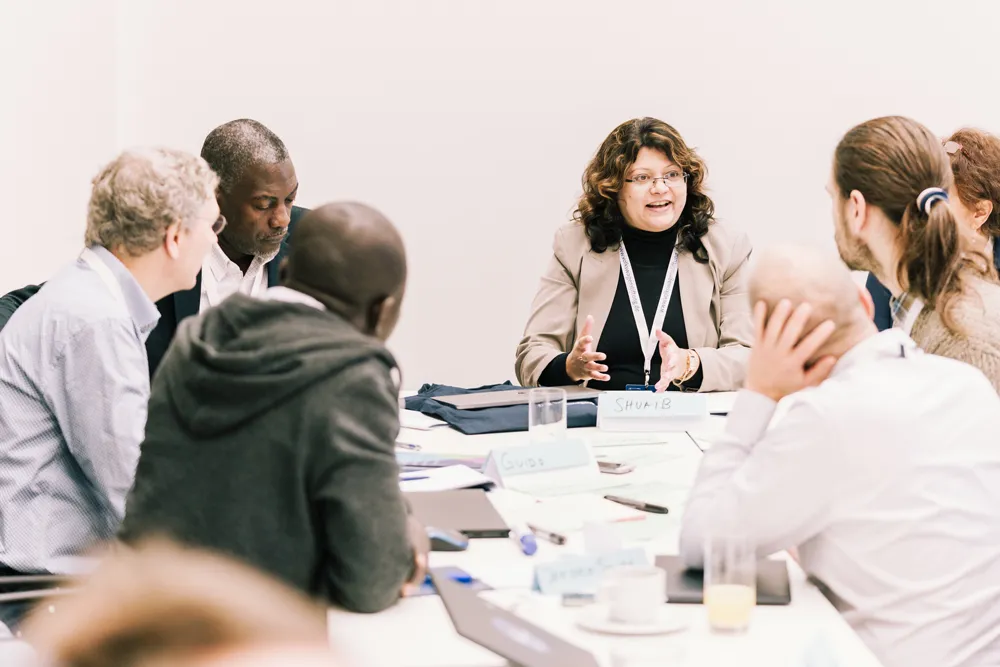
The Session 4 took place on all of the three days of the conference.
Surmounting the Ethical Problems of Data Collection?
A particular challenge is to translate the data from the abstract to the concrete, i.e. where people actually feel the weather. It is here that data researchers are also confronted with ethical problems: What data should they be able to collect and use after a "natural disaster"? How can they proceed unobtrusively and at the same time obtain data that is useful and comparable?
"Statistics for a country are easily compiled," says Mahecha. "But breaking them down into a region or individual households – that’s when it gets to be tricky." Because then you must be able to understand why the numbers of affected persons decrease or increase. Only then does it often become interesting and politically relevant. And this is when Mahecha, Karimi and Kablan can play their strongest cards: Let the data speak for themselves.

